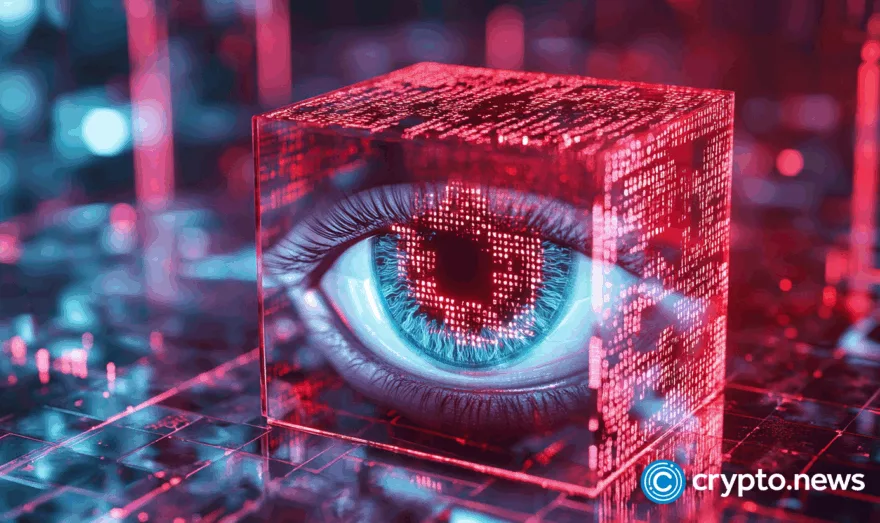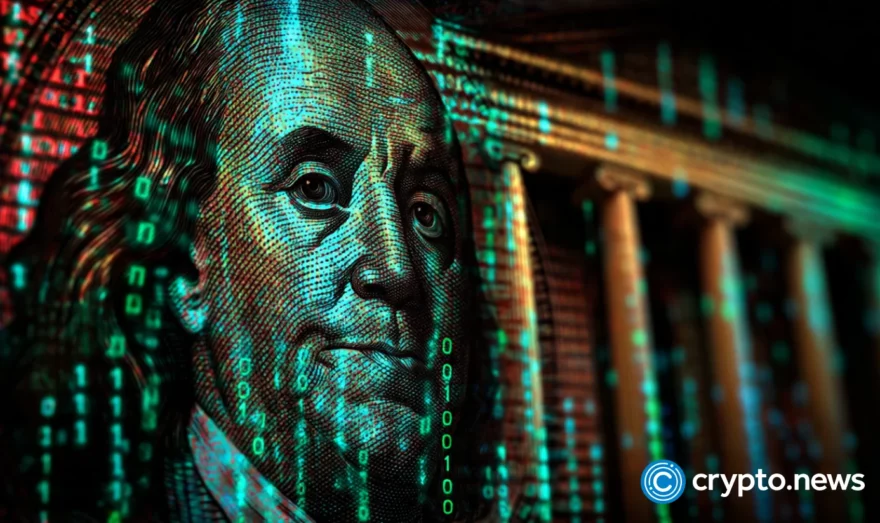Can blockchain address AI’s transparency issues?

Artificial intelligence (AI) is revolutionizing various sectors by enhancing data processing and decision-making capabilities beyond human limits. However, as AI systems grow more sophisticated, they become increasingly opaque, raising concerns about transparency, trust, and fairness.
The “black box” nature typical in most AI systems often leaves stakeholders questioning the origins and reliability of AI-generated outputs. In response, technologies like Explainable AI (XAI) have emerged looking to demystify AI operations, though they often fall short of fully clarifying its complexities.
As AI’s intricacies continue to evolve, so too does the need for robust mechanisms to ensure these systems are not only effective but also trustworthy and fair. Enter blockchain technology, known for its pivotal role in enhancing security and transparency through decentralized record-keeping.
Blockchain holds potential not just for securing financial transactions but for imbuing AI operations with a layer of verifiability that has previously been difficult to achieve. It has the potential to address some of AI’s most persistent challenges, such as data integrity and the traceability of decisions, making it a critical component in the quest for transparent and reliable AI systems.
Chris Feng, COO of Chainbase, offered his insights on the subject in an interview with crypto.news. According to Feng, while blockchain integration may not directly resolve every facet of AI transparency, it enhances several critical areas.
Can blockchain technology actually enhance transparency in AI systems?
Blockchain technology does not solve the core problem of explainability in AI models. It’s crucial to differentiate between interpretability and transparency. The primary reason for the lack of explainability in AI models lies in the black-box nature of deep neural networks. Although we comprehend the inference process, we do not grasp the logical significance of each parameter involved.
So, how does blockchain technology enhance transparency in ways that differ from the interpretability improvements offered by technologies like IBM’s Explainable AI (XAI)?
In the context of explainable AI (XAI), various methods, such as uncertainty statistics or analyzing models’ outputs and gradients, are employed to understand their functionality. Integrating blockchain technology, however, does not alter the internal reasoning and training methods of AI models and thus does not enhance their interpretability. Nevertheless, blockchain can improve the transparency of training data, procedures, and causal inference. For instance, blockchain technology enables tracking of the data used for model training and incorporates community input into decision-making processes. All these data and procedures can be securely recorded on the blockchain, thereby enhancing the transparency of both the construction and inference processes of AI models.
Considering the pervasive issue of bias in AI algorithms, how effective is blockchain in ensuring data provenance and integrity throughout the AI lifecycle?
Current blockchain methodologies have demonstrated significant potential in securely storing and providing training data for AI models. Utilizing distributed nodes enhances confidentiality and security. For instance, Bittensor employs a distributed training approach that distributes data across multiple nodes and implements algorithms to prevent deceit among nodes, thereby increasing the resilience of distributed AI model training. Additionally, safeguarding user data during inference is paramount. Ritual, for example, encrypts data before distributing it to off-chain nodes for inference computations.
Are there any limitations to this approach?
A notable limitation is the oversight of model bias stemming from training data. Specifically, the identification of biases in model predictions related to gender or race resulting from training data is frequently neglected. Presently, neither blockchain technologies nor AI model debiasing methods effectively target and eliminate biases through explainability or debiasing techniques.
Do you think blockchain can enhance the transparency of AI model validation and testing phases?
Companies like Bittensor, Ritual, and Santiment are utilizing blockchain technology to connect on-chain smart contracts with off-chain computing capabilities. This integration enables on-chain inference, ensuring transparency across data, models, and computing power, thereby enhancing overall transparency throughout the process.
What consensus mechanisms do you think are best suited for blockchain networks to validate AI decisions?
I personally advocate for integrating Proof of Stake (PoS) and Proof of Authority (PoA) mechanisms. Unlike conventional distributed computing, AI training and inference processes demand consistent and stable GPU resources over prolonged periods. Hence, it’s imperative to validate the effectiveness and reliability of these nodes. Currently, reliable computing resources are primarily housed in data centers of diverse scales, as consumer-grade GPUs may not sufficiently support AI services on the blockchain.
Looking forward, what creative approaches or advancements in blockchain technology do you foresee being critical in overcoming current transparency challenges in AI, and how might these reshape the landscape of AI trust and accountability?
I see several challenges in current blockchain-based AI applications, such as addressing the relationship between model debiasing and data and leveraging blockchain technology to detect and mitigate black-box attacks. I am actively exploring ways to incentivize the community to conduct experiments on model interpretability and enhance the transparency of AI models. Moreover, I am contemplating how blockchain can facilitate the transformation of AI into a genuine public good. Public goods are defined by transparency, social benefit, and serving the public interest. However, current AI technologies often exist between experimental projects and commercial products. By employing a blockchain network that incentivizes and distributes value, we may catalyze the democratization, accessibility, and decentralization of AI. This approach could potentially achieve executable transparency and foster greater trustworthiness in AI systems.














